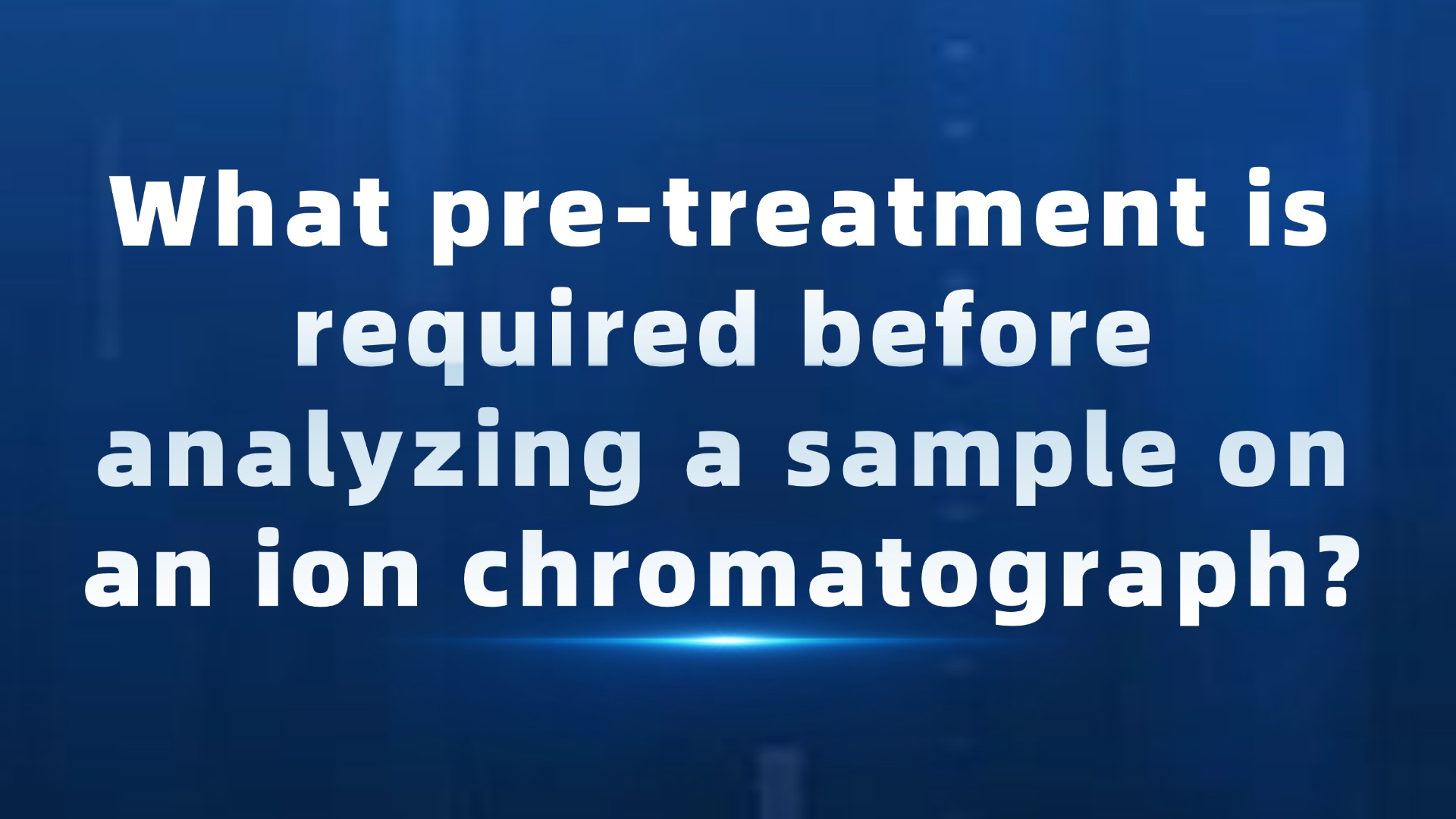Energy Dispersive X-ray Fluorescence (EDXRF) is a highly efficient technique for elemental analysis, widely used for detecting the composition of solid, liquid, and gas samples. However, due to the unique physical properties of liquid samples, special attention is required during EDXRF analysis. The fluidity, volatility, and homogeneity of liquid samples often necessitate the use of specialized equipment to ensure accurate results and the safety of the instrument.
One of the main challenges in EDXRF analysis of liquid samples is their fluidity. Liquids are prone to leakage or evaporation, which can lead to sample loss and potential contamination of the instrument, affecting its performance and lifespan. Therefore, specialized liquid sample cups are typically required for analyzing liquid samples. These cups are usually made of low atomic number materials, such as polypropylene or polytetrafluoroethylene (PTFE), to minimize X-ray absorption and interference. The design of the sample cup must ensure good sealing to effectively prevent leakage or evaporation of the liquid.
Additionally, to prevent evaporation or contamination of the liquid sample during analysis, it is often necessary to cover the sample cup with a lid or sealing film. The choice of sealing film material is crucial, as it must be transparent to X-rays to avoid interfering with the analysis results. Commonly used materials include polyester films, which not only provide excellent sealing but also allow for X-ray transmission.
While liquid samples are generally homogeneous, in some cases, suspended particles or stratification may occur, which can affect the accuracy of the analysis. Therefore, pretreatment of the liquid sample, such as filtration or dilution, may be necessary before analysis to ensure homogeneity. Equipment used during pretreatment, such as filters or pipettes, though not direct accessories of the EDXRF instrument, plays a critical role in the analysis process.
The thickness of the liquid sample is another important consideration in EDXRF analysis. The thickness affects the penetration depth of X-rays, which in turn influences the signal intensity and detection limits. Samples that are too thick may cause X-ray signal attenuation, while samples that are too thin may not provide sufficient signal strength. Therefore, selecting an appropriate sample cup size and controlling the thickness of the liquid sample are essential for ensuring accurate analysis results.
Liquid sample cups are usually placed on a sample holder to ensure their fixed position within the instrument. The design of the holder should facilitate easy placement and removal of the sample while avoiding obstruction of the X-rays. Furthermore, cleaning the instrument and sample cup promptly after analyzing liquid samples is crucial. Residues from liquid samples may contaminate the instrument, affecting the accuracy of subsequent analyses. Therefore, operators should carefully clean the instrument and related accessories after each analysis.
In summary, special equipment, such as liquid sample cups, sealing films, and sample holders, is typically required for EDXRF analysis of liquid samples. These tools not only ensure the stability of liquid samples during analysis but also effectively prevent sample leakage or evaporation, protecting the normal operation of the instrument. At the same time, operators should pay attention to sample pretreatment and instrument maintenance to improve the reliability and repeatability of analysis results. By using these devices properly and adhering to the necessary precautions, EDXRF technology can be widely applied to the elemental analysis of liquid samples, providing strong technical support for environmental monitoring, food safety, chemical production, and other fields.




